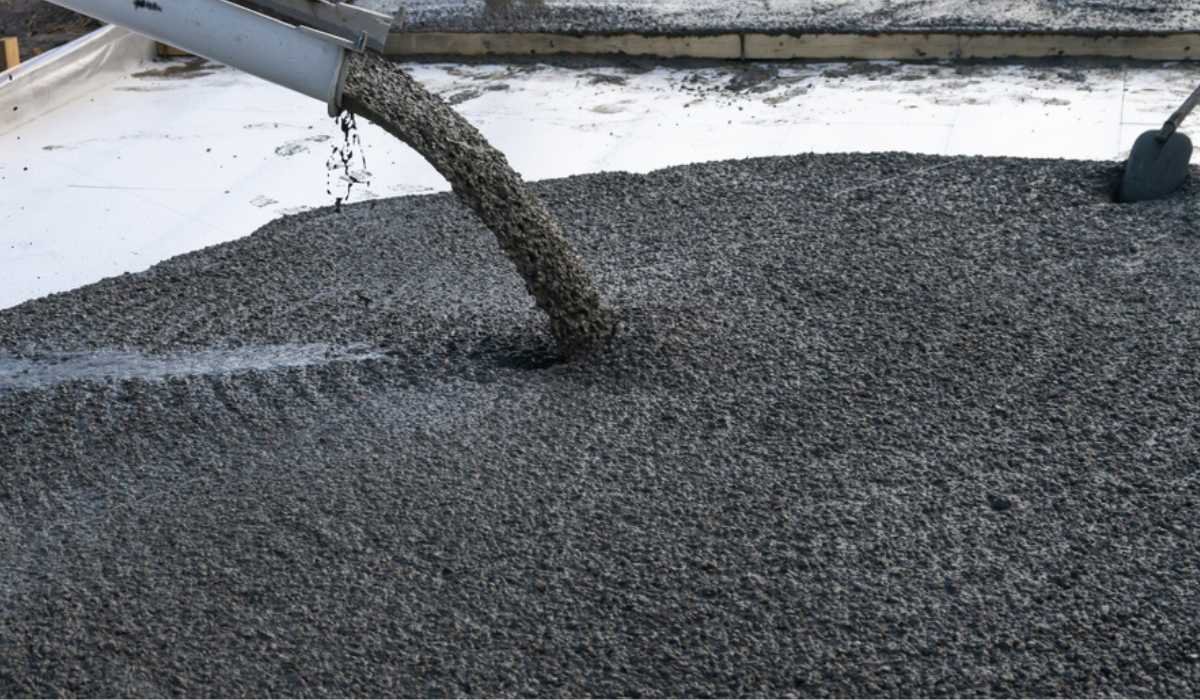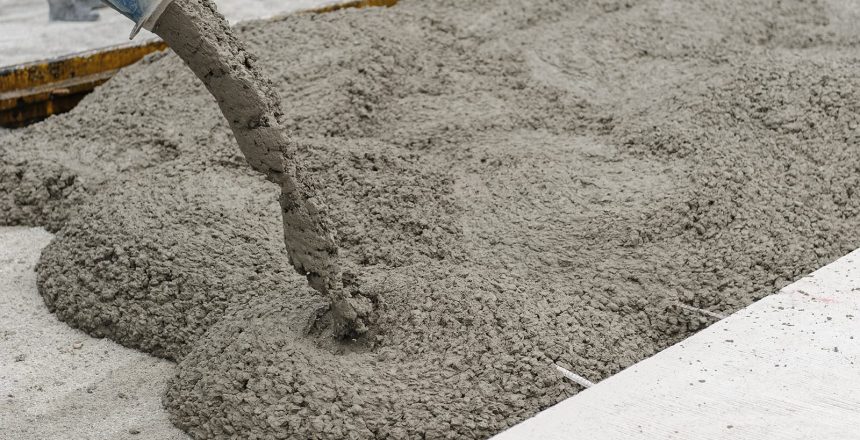Introducing the Eco-Friendly Advantages of Making Use Of Recycled Concrete in Sustainable Building Practices
In the realm of lasting building and construction practices, the application of recycled concrete stands as an essential yet typically undervalued resource. Beyond its conventional applications, recycled concrete offers a myriad of environmentally friendly advantages that expand far past the confines of standard building materials.
Environmental Advantages
Undoubtedly, among the most substantial benefits of utilizing recycled concrete is its positive impact on the environment. By integrating recycled concrete right into building methods, there is a considerable decrease in the requirement for new basic materials, leading to preservation of natural deposits. This process helps in maintaining accumulations, water, and power that would have been made use of in creating new concrete. In addition, making use of recycled concrete diminishes the quantity of waste being sent out to landfills, therefore minimizing ecological contamination and relieving the stress on landfill capabilities.

Moreover, the manufacturing of typical concrete is a considerable source of carbon emissions as a result of the energy-intensive procedure of concrete production. In contrast, recycled concrete has a lower carbon impact as it minimizes the demand for brand-new concrete manufacturing. This decrease in carbon exhausts adds to mitigating climate change and sustains lasting building and construction techniques. Generally, the environmental advantages of making use of recycled concrete are significant and play a crucial duty in promoting green construction methods.
Cost-Efficiency
Achieving cost-efficiency is a vital factor to consider when examining the utilization of recycled concrete in building jobs. One of the essential benefits of using recycled concrete is its cost-effectiveness compared to typical concrete.
Furthermore, the use of recycled concrete can bring about financial savings in landfill expenses by diverting concrete waste from disposal sites. This not only decreases the environmental influence but also removes the prices related to waste removal. Moreover, the longevity and performance of recycled concrete approach standard concrete, making certain that expense savings do not endanger the quality of the construction.
Durability and Stamina
Thinking about the substantial cost-efficiency advantages of using recycled concrete, it is vital to analyze its resilience and strength in construction applications. Recycled concrete deals equivalent, otherwise superior, sturdiness and toughness homes to standard concrete. Via developments in processing techniques and quality Bonuses control, recycled concrete can fulfill or surpass the efficiency requirements of traditional concrete. The procedure of recycling concrete includes crushing, arranging, and screening old concrete to generate accumulations that can be utilized in brand-new construction tasks. These you could try here recycled aggregates are capable of supplying acceptable compressive toughness, resilience, and lasting efficiency.

Waste Reduction
Efficient waste decrease practices play a vital function in the lasting utilization of resources within the building and construction sector. Waste reduction is an essential advantage that contributes dramatically to ecological preservation when it comes to utilizing recycled concrete. Traditional building and construction approaches usually generate significant amounts of waste, particularly in the type of concrete rubble from demolition sites. By including recycled concrete right into building tasks, this waste is repurposed and diverted from landfills, lowering the total ecological effect of building and construction tasks.
In addition, the usage of recycled concrete can lead to cost savings for building and construction jobs, as it is commonly a lot more cost effective than sourcing and carrying new materials - Concrete. In final thought, waste reduction via the usage of recycled concrete is an essential part of sustainable building and construction techniques that profits both the setting and the building sector as a whole.
Power Preservation
When it comes to using recycled concrete in building, substantial power savings are accomplished compared to standard concrete manufacturing. The click site procedure of generating recycled concrete includes recycling and crushing existing concrete products, which consumes less energy than mining, processing, and transferring raw products for brand-new concrete manufacturing.
Conclusion
To conclude, the application of recycled concrete in sustainable building and construction techniques uses numerous ecological advantages, cost-efficiency, sturdiness, toughness, waste reduction, and energy conservation. By incorporating recycled concrete right into building tasks, we can add to a more eco-friendly and lasting future. It is essential for the building market to prioritize the use of recycled materials to aid minimize the ecological impact of building and construction activities.
One of the vital benefits of utilizing recycled concrete is its cost-effectiveness compared to typical concrete.Additionally, the usage of recycled concrete can lead to savings in garbage dump costs by drawing away concrete waste from disposal sites. The toughness and efficiency of recycled concrete are similar to standard concrete, ensuring that price financial savings do not compromise the top quality of the construction.
